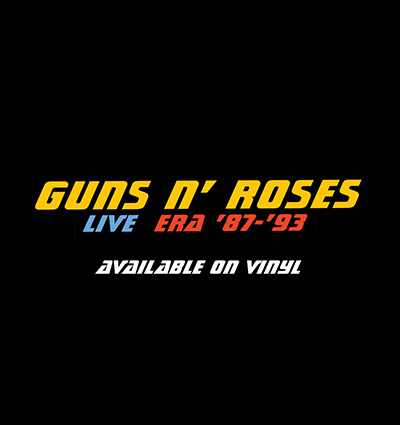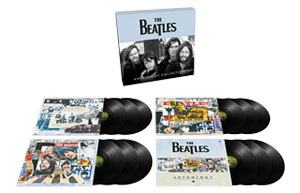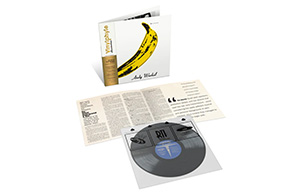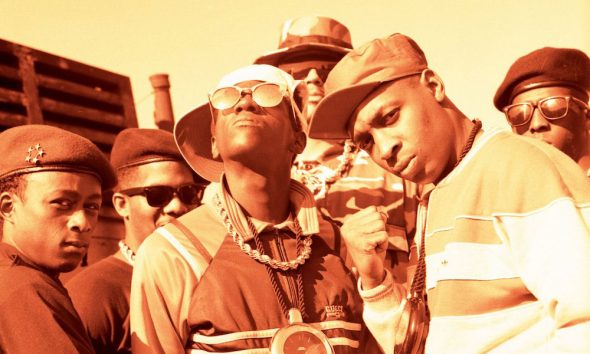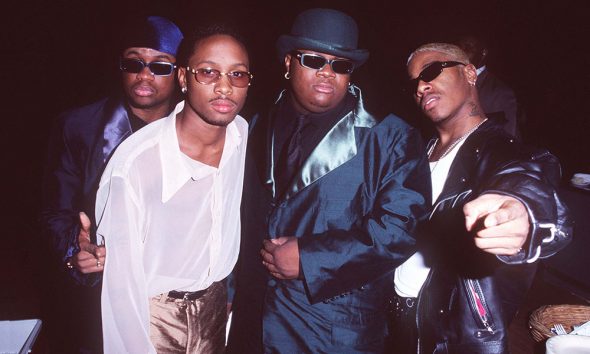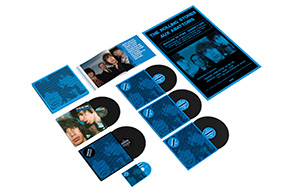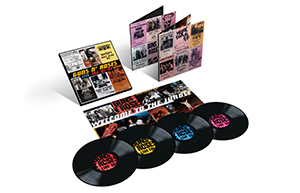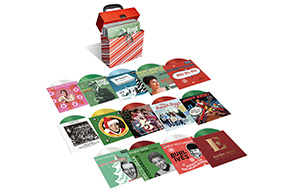Fanzines: More Information Than You Need
Fanzines’ importance shouldn’t be underestimated: esteemed authors such as Greil Marcus and Danny Baker first cut their teeth writing for a variety of them.
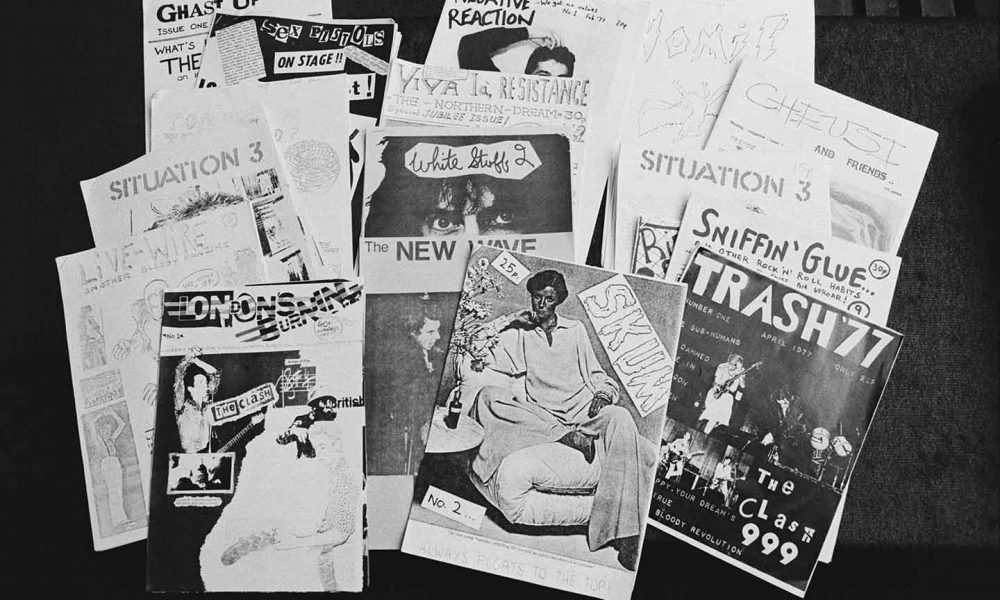
The clue really is in the title here: to define “fanzine” you merely need the words “fan” and “magazine.” The result is a handy buzzword that, for decades, has been employed as a catch-all term to describe fanzines: non-professional and non-official publications produced by fans for fellow fans of a specific artist or musical genre.
Such self-compiled opuses haven’t always been viewed in a positive light by the mainstream. Traditionally circulating either for free or else for nominal fees (mostly incurred to offset basic postage and/or printing costs), fanzines are often equated with anorak-clad amateurs armed with reserves of staples, Letraset, glue sticks, and unbridled enthusiasm. Yet their importance shouldn’t be underestimated, for even rock writers turned esteemed authors such as Greil Marcus, Dave Marsh, and Danny Baker first cut their teeth contributing to a variety of these small, but determinedly idealistic pamphlets.
Historically, though, fanzines are by no means exclusive to rock’n’roll. As early as 1930, a science fiction fanzine, The Comet, was self-published by Chicago’s amateur Science Correspondent Club; as a widely accepted phrase, however, “fanzine” was reputedly only officially coined by US chess champion and sci-fi enthusiast Russ Chauvenet in the October 1940 edition of his own Detours. Also available long before the first rock music fanzines, horror film ’zines such as Gary Svehla’s popular Gore Creatures started appearing in the late 50s and early 60s as a spin-off from the explosion in sci-fi fandom.
Though it quickly attracted paid advertisers and widespread newsstand distribution, North America’s first serious rock magazine, Crawdaddy!, theoretically began in fanzine format, as its editor, Paul Williams, initially typewrote most of the content personally and paid less than $40 to press up all 500 copies of its first issue, which was printed on mimeographed paper early in 1966.
Who did put the bomp?
Some of Williams’ early rivals, however, remained underground. Also a sci-fi enthusiast as a young man, rockabilly-, blues- and doo-wop-loving California native Greg Shaw already understood self-publication and distribution techniques, and his influential Who Put The Bomp (1970) eventually led to a network (simply called Bomp), which included a mainstream magazine, record store and label – all of which were instrumental in sowing the seeds for punk and new wave.
A rash of new titles, including Flash and Bam Balam, circulated in the wake of Who Put The Bomp. Also conceived in California, former FM radio DJ Archie Patterson’s Eurock (1973), however, cast its net wider. Not only did his ’zine feature early coverage of pioneering prog-rock/pre-punk European acts such as Japan’s Far East Family Band, France’s Heldon, and legendary German experimentalists such as Can and NEU!, but it eventually led to the formation of two of the 70s’ most important mail-order businesses, Intergalactic Trading Company and Paradox Music.
Punk chimed perfectly with the fanzine’s DIY ethic, and Sniffin’ Glue, the premier punk ’zine that inspired countless others, was first published on July 13, 1976. Edited and published by idealistic South London-based bank clerk turned punk fanatic Mark Perry and future NME contributor/TV personality Danny Baker, the publication’s first issue had a print run of just 50, but its immediacy and rough’n’ready style appealed to the Class Of ’76’s young refuseniks, and its circulation quickly increased to 15,000.
Staying true to his manifesto, Perry formed his own band, Alternative TV, in March 1977, and in Sniffin’ Glue’s 12th – and final – edition, published in August ’77, he urged readers to start their own titles. On the cusp of the 80s, a profusion of ’zines were on hand to cover the slew of bright new scenes breaking after punk. Of these, the oft-criticized late 70s mod revival may have been especially reviled by the mainstream press, but it was fervently chronicled by a slew of “modzines” such as North London’s fortnightly Maximum Speed. This title regularly sold over 1,000 copies, maintained a high standard of writing, and branched out to cover mod staples such as 60s soul and scooter rallies, in addition to reporting on the bands spearheading the contemporary scene.
Maximum rock’n’roll!
Stateside, punk fanzines such as Flipside, Slash, and Punk were also in circulation as early as 1976/77, though arguably the States’ most enduring punk/hardcore ’zine, the monthly Maximum Rocknroll, was founded by late San Franciscan DJ Tim Yohannon in 1982. Fiercely independent and politically conscious, it’s since published around 400 issues and, until the internet took off, it remained the US ’zine of choice for punk musicians, fans, publishers, promoters, and independent labels alike.
Punk may have died on the vine as shinier pop fare again assailed the UK Top 40 during the 80s, yet its DIY spirit lived on in the flood of landmark regional fanzines documenting the vicissitudes of this turbulent decade. Differing wildly in terms of their agendas, some – for instance, Bristol’s arty, C86-inspiring, Sarah Records-spawning Are You Scared To Get Happy? – reflected the rise of the jangly indie-pop bands prevalent during the mid-80s, while titles such as Liverpool’s hard-hitting and fiercely popular The End (brainchild of The Farm’s vocalist Peter Hooton) were compiled by streetwise, working-class kids from local council estates, whose unpretentious prose later inspired an earthier breed of magazines from Viz to Loaded.
With the internet moving the goalposts, the arrival of e-zines and online forums challenged the traditional fanzine format during the late 90s, though broad-minded UK fanzines such as Fracture and Reason To Believe, kept the print tradition alive, and French title Crème Brûlée stood out thanks to its diligent research and in-depth interviews with innovators from the post-rock and electronica scenes, among them Tortoise, Mogwai, and Labradford.
Fanzines as we knew them have faced extinction since the new millennium, though some of the more dedicated DIY punk ’zines, such as London’s collective-based Rancid News, achieved further longevity after rebranding as online titles. These days, though, it seems that the long-established specific-artist publications, such as the Jimi Hendrix-related Jimpress and the Richie Blackmore-centric More Black Than Purple, are the only type of ’zines apparently impervious to the new world order.
Discover the best music books you’ve never read.

